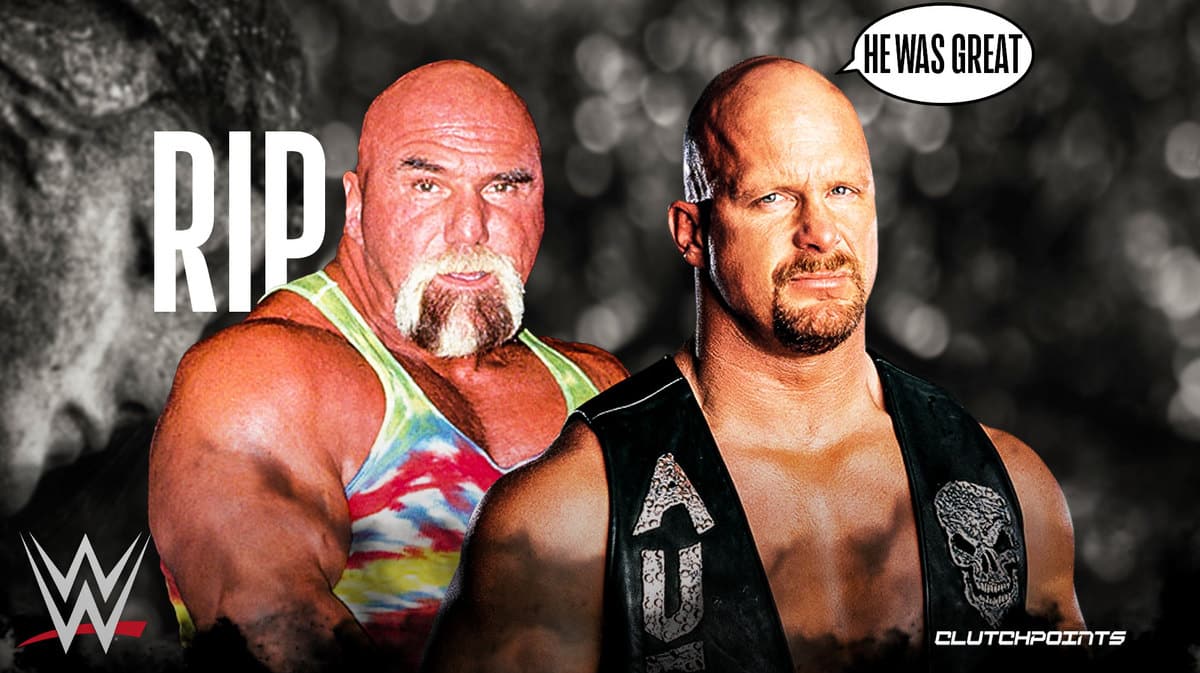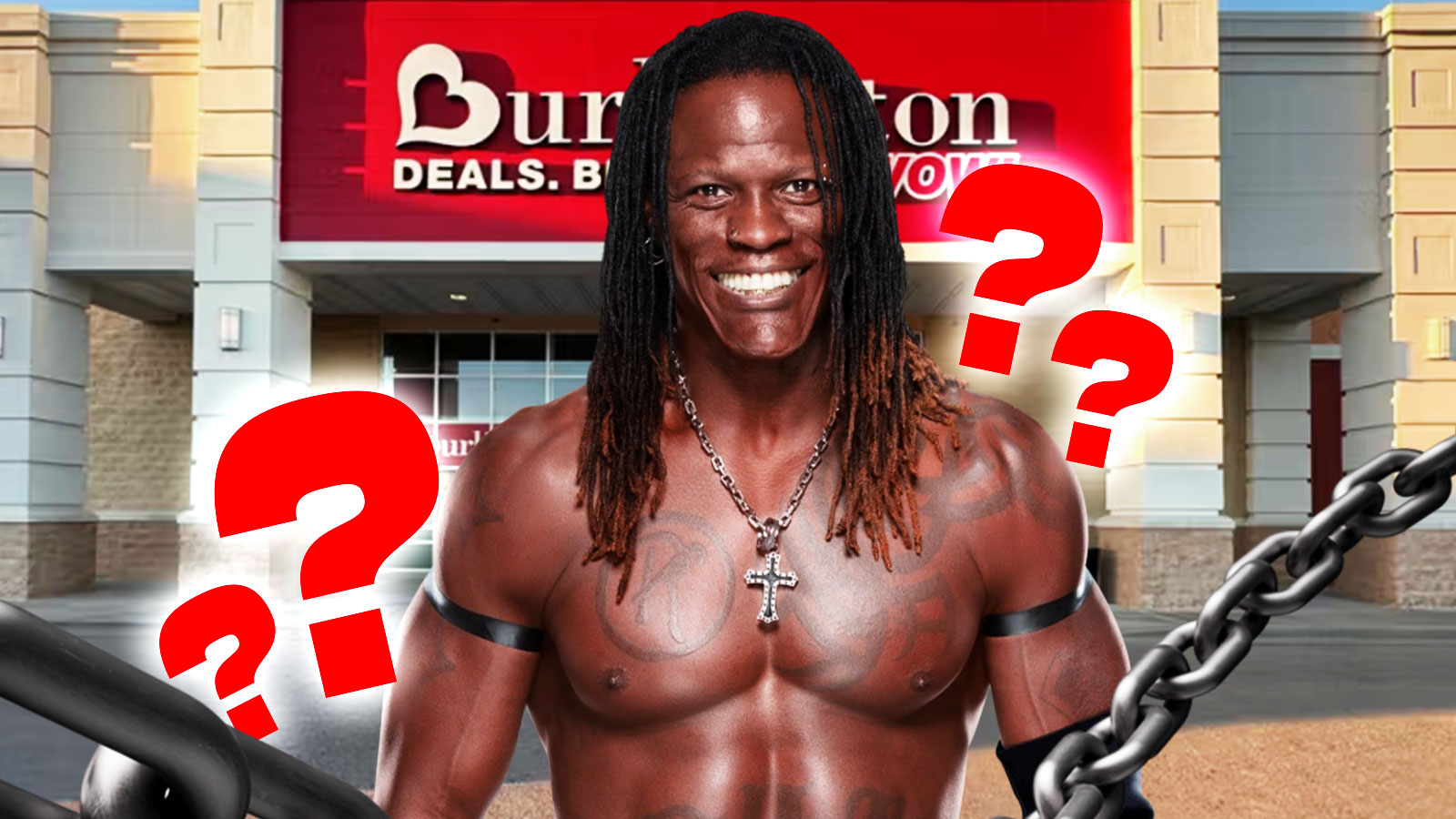After hearing the unfortunate news of the passing of “Superstar” Billy Graham, TMZ Sports caught up with the “Texas Rattlesnake” himself, “Stone Cold” Steve Austin, to get his thoughts on the loss of one of professional wrestling's all-time influential personalities. Though his in-ring style may not look like it, as it turns out, Austin was a huge Graham mark, and is sad to see him gone.
“I watched his career very intently,” Austin told TMZ Sports. “He started becoming so entertaining with his promos that the crowd was starting to like him, which is what happened to me.
While Graham retired in 1984, a full half-decade before “Stunning” Steve made his debut under his birth name, Steve Williams, the “Superstar” was one of the most important in-ring performers of the 1970s into the early 80s, with 12 different championship reigns to his credit according to Cagematch. In an era when watching wrestling matches wasn't as easy as a few clicks on Youtube, larger-than-life performers like Graham captured the interest and imaginations of legions of wrestling fans who thought of their favorite performers like kids today think about Captain America or Iron Man. For a young wrestling fanatic like Austin growing up in a small town in Texas, Graham was likely an aspirational force that helped him to pursue a career in wrestling too.
“Stone Cold” Steve Austin explains the challenge of staying at the top in WWE.
Stopping by Sidewalks Entertainment for an interview about life, professional wrestling, and his new A&E television show Stone Cold Takes on America, “Stone Cold” Steve Austin was asked about what it's like to become one of the top stars in wrestling. In the opinion of the “Texas Rattlesnake,” it's not so hard getting to the top, as the journey can be a lot of fun, but staying at the top, where Austin was for the brunt of The Attitude Era, is a whole lot harder, as everyone is gunning for your spot.
“You just described my wrestling career, and it was actually a blast,” Austin said via Fightful. “When I started, I was actually terrible. Through trial and tribulations and paying dues on the road, I ended up being really good at it. That was just due to a lot of hard work. I had a lot of great times in the business, it was the number one passion in my life was my wrestling career.
“I’ve said that on many occasions. That is a real tough life, and it will take a lot out of you because you have to give it everything you’ve got. You’re living out on the road; you can never come out of the road because if you do, someone will replace you. The pressure is hot, the injury rate is high, and you go down the road with a bunch of guys that you come to know and live and some of the craziest individuals that you’ll ever meet in your life. Throughout it all, you’re just trying to go up the card. When I first got into the business of wrestling, I just got in to be a wrestler. When you get in there, ‘Oh, okay, you want to be on top.’ Getting to the top is the journey. Remaining on top is really hard. Through it all, I met some great people, and I’m thankful to everybody that helped me out in my career and took me under my arm, and gave me some tips of wisdom, and I’m thankful to WWE for the opportunity.”
As Austin pointed out in his documentary for A&E, the beginning of his professional wrestling career was tough, with the eventual WWE Champion having to survive on potatoes and the occasional trip to the buffet for sustenance. Still, he pursued, and after a successful run in WCW, Austin eventually landed in ECW, where he mastered the art of cutting promos, before finally landing in WWE, the promotion that defined his career, made him a millionaire multiple times over, and ultimately secured his legacy as a perennial member of professional wrestling's Mount Rushmore. Though his career didn't end on his own terms, as a series of injuries eroded his career and robbed him of his prime, in the end, Austin's legacy has prevailed like few others and has redefined what a Superstar can be, much like Billy Graham before him.

















